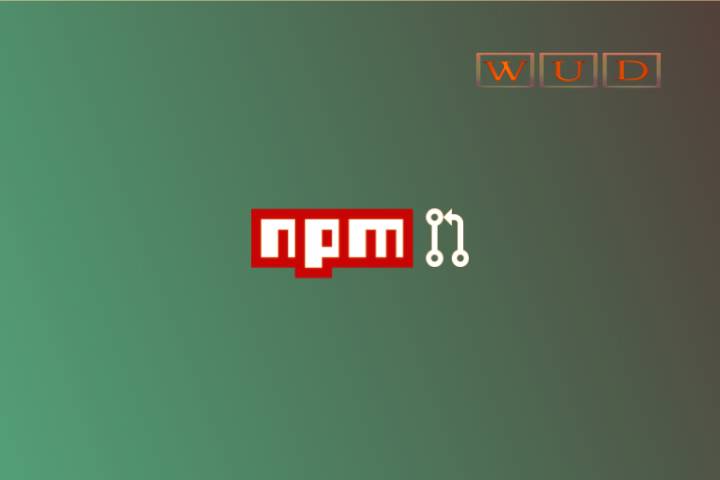A Beginner’s Guide to Using npm Securely

When it comes to modern web development, Node Package Manager (npm) has become a cornerstone for developers – whether it’s used as a front-end build tool or exclusively with Node.js. When first introduced in 2010, npm was rightly recognized as a revolutionary inclusion to the web application programming landscape.
So what makes npm so special? Well, for developers, it gives them the chance to produce pieces of code that are both small and reusable, and then share these with the community. Thanks to supplying a huge amount of flexibility, npm ensures that it is incredibly easy for professionals to develop applications.
However, it’s not all positive. Due to the accessibility of the tool, this can lead to numerous issues with regards to npm security. Thankfully this doesn’t have to be an issue for your organization, as the following guide will help show what’s required to use npm in a secure manner.
Know what you’re using
When it comes to Node.js development culture, it embraces one tenet of the Linux philosophy: your programs should complete one process at a high standard. Each application you use begins small due to starting from nothing, and you then add pieces to the puzzle with the aim of gaining that desired high-level functionality.
Yet, in this day and age, Node.js applications are continuing to expand in complexity and size. This means they’re expected to perform more tasks, and additional modules are required to ensure they’re completed to a sufficient standard. MVC libraries, UI frameworks, testing frameworks, and so on – the list of requirements for these modules just continues to increase as time goes on.
The more modules you incorporate within your application, the more difficult it is to make sure your npm security is functioning correctly.
To help in that regard, there are two aspects to consider. Firstly, keep a detailed inventory of every npm package you have used. This includes when they were downloaded, the version you have installed, and their general purpose. Secondly, never install a new package spontaneously. Analyze what modules you currently have and see if they can achieve the same functionality as any planned new package. Only when it’s absolutely necessary should you introduce an additional npm package to your application.
Keep it updated
When your applications are working well without issue, it’s tempting to simply leave everything under the hood alone. As the old saying goes, ‘If it ain’t broke, don’t fix it’.
However, this is not an approach you should take. It’s important you always update npm packages when possible. If you have an outdated package, you could be leaving the door open for malicious attackers to gain access to your company’s data. This is because vulnerabilities, the type that is patched up with up-to-date updates, can exist within the application.
The good news is that most npm packages, particularly popular ones, receive updates on a regular basis. Plus, these updates don’t tend to drastically change processes, so it’s not necessary for you to reevaluate your entire application. The updates only tend to make minor changes or provide patches.
Go with a private npm repository
If you want to maximize your npm security efforts, stop depending on a public repository and instead swap it for a private npm repository within your firewall.
Of course, doing this requires a lot of time, effort, and resources. Organizations usually opt for a public repository due to the convenience provided, which means they can quickly get up and running. Yet if you go this route, you’re running the risk of your security being compromised. One reason for this is the large number of GitHub maintainer accounts that feature poor passwords – the type that is easily exploitable by hackers. Cybercriminals can also utilize social engineering to gain access.
When it comes to building your own private npm repository, there are, thankfully, various tools available at your disposal. Certain tools require a small monthly fee, but others – such as DIY NPM and Sinopia – can be used at no additional cost.
Once you have created your repository, you can check modules for both usability and security before they are included. It’s also possible to produce custom modules for your developers and configure their machines to pull data from the private repository by default.
As you would expect, there are numerous steps involved in ensuring this private repository is secure. This includes regular updates, continual monitoring, and making sure that developers have a smooth workflow when they request to alter or add new packages.
Also Read: Waves Of Attacks Against Operator Boxes And Home Routers
